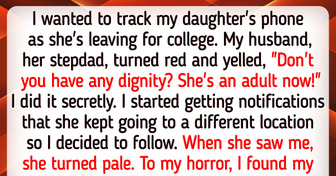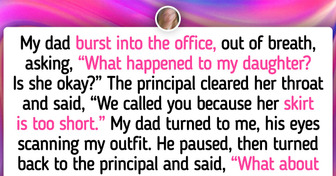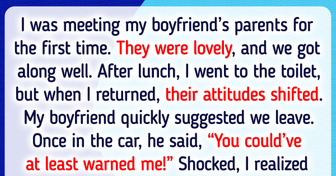When I Firmly Said No to Hosting Christmas, My MIL Unleashed Chaos

This is not some hypothetical situation or fairy tale. The Vesuvius super volcano that erased the city of Pompeii may wake up again and destroy many other towns built near the mountain. And to understand what consequences humanity would face if it awakens this time, it’s smart to know what the eruption did two thousand years ago with the ancient city.
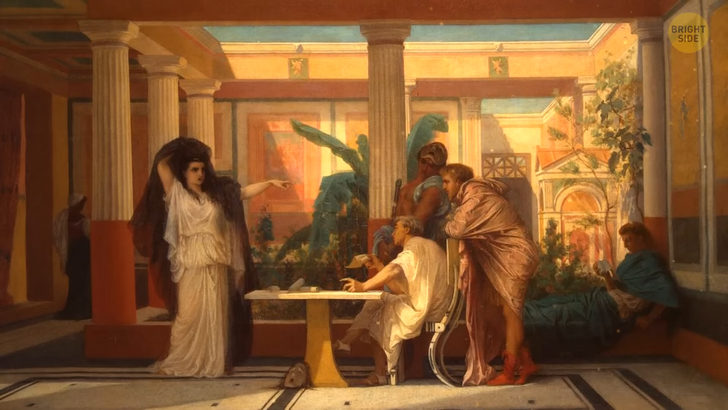
So, Pompeii was a thriving city in the Roman Empire, located just 5 miles from Vesuvius on the west coast of Italy. It was a resort where the noblest and richest people rested. They walked along cozy streets, lived in beautiful villas, and had fun beside fountains. The soil in this region was fertile since the ground around the volcano had a lot of useful elements. Olives and grapes from Pompeii were sold throughout the empire.
About 12 thousand people lived in Pompeii by the time of the eruption. It seems not so much compared to modern standards, but it was considered a big city in those days. The catastrophe began unexpectedly in 79 CE. At first, everyone felt the ground tremble. Birds flew away from the volcano as far as possible. There was tension in the air because of the impending catastrophe. The volcano started to release thick smoke, soot, and ash.
There was so much of it that soon, it obscured the sky over the city with a heavy gray cloud. Vesuvius spat out gasses, rocks, and dirt. Hot ash polluted the air and made it difficult for people to breathe. Locals couldn’t see inside this gray haze. And then it started raining heavily. The water mixed with ash and soot and fell on Pompeii. Roofs of houses broke under the heavy weight of mud.
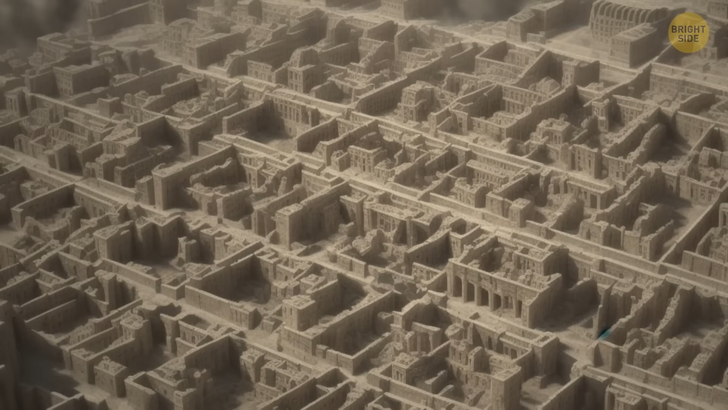
Streets, fountains, alleys, and squares were hidden under millions of tons of soot. The next morning, the destruction continued with renewed force. There was an explosion of hot gas and crushed rock at the top of the mountain. A devastating blast wave at a speed of 100 mph dispersed in all directions and vaporized all the trees in its path. When the wave reached Pompeii, it turned the city into ruins. On the second day, the eruption stopped. By this time, the great town had been lying under a thick blanket of ash.
By the way, this type of eruption is called an explosive one. But when lava flows out of a volcano and causes a fire, this is a quiet eruption. The last time Vesuvius erupted was in 1944. Even today, it’s still one of the most dangerous volcanoes in the world. But nobody’s afraid of it. 3 million people live around the mountain, about 20 miles from the crater. If the volcano wakes up, it could be one of the most enormous cataclysms in the modern world.
Pompeii was destroyed almost 2 thousand years ago. Since then, science and technology have advanced a lot. We’re planning to colonize Mars someday. We have created a metaverse, but so far, we’re still powerless before the forces of nature. A supervolcano erupting can destroy nature around it and cause technogenic catastrophes in big cities.
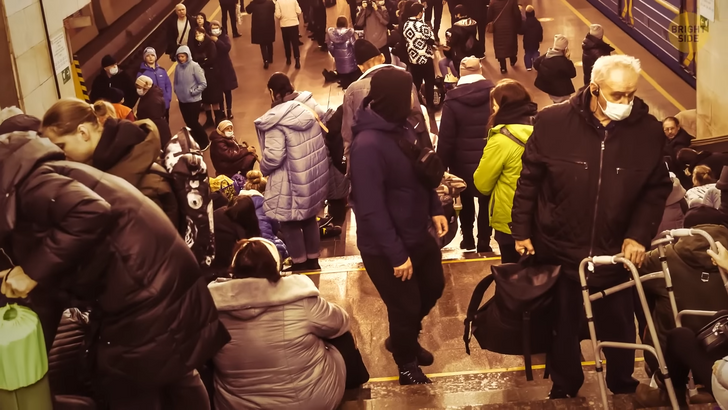
The phone lines would be overloaded, and people wouldn’t be able to call their loved ones or the rescue service. There would be big traffic jams on the roads. Panic would spread throughout the streets. Fires would start because of falling hot soot. All flights would be canceled, and locals would have to hide in airports, supermarkets, and the subway. A large gray cloud would obscure the sun and make the air hot.
The only thing that can help us in such a situation is a preliminary warning about the upcoming eruption and good preparation. So, if the disaster starts while walking on the streets, you should take shelter in a car or building. It’s better to buy a dust mask in advance that allows you to breathe freely. If there’s no mask, cover your nose and mouth with any cloth.
If you stay at home, close all doors and windows so volcanic ash can’t get into your apartment or home. These incandescent particles can easily set fire to a carpet or curtains. Put wet towels under the door sills. If you need to go outside for some reason, wear a suit covering your body completely.
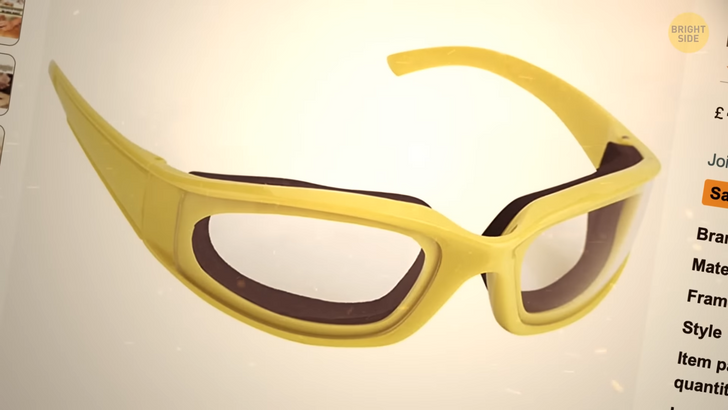
Don’t forget about the protection for your eyes. Put on special glasses that have a dustproof function, and remember about the mask. If you have a house, you need to disconnect the downpipes from the gutters to avoid clogging the drains. If your house has a rainwater collection system, you need to disconnect the pipes from the tank. Rain with ashes is a hot dense mess that can easily break the water supply system.
Fill the tub and sink to have water for washing and cleaning in case the central water supply is turned off. Set the lowest temperature on the fridge and freezer. Your food will be stored much longer if electricity is shut down in the city. Go into a room without windows above ground level and wait for a message from authorities on the radio or TV. Keep the receiver close to you so you don’t miss anything important. The device must have a full charge, a strong body, and a powerful antenna.
Here’s an excellent option for survival in the ash apocalypse. The eruption is intensifying, and you hear on the radio about the evacuation. At this point, you need to calm down and follow the instructions from rescuers. Collect a bag at home with food, water, and medical supplies. Your emergency kit should include flares, maps, a first aid kit, sleeping bags, flashlights, a fire extinguisher, a portable phone charger, car tools, and a few charged batteries.
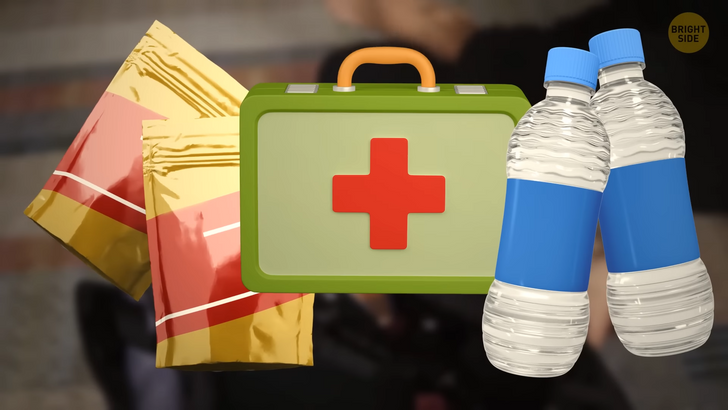
You should always have a filled gasoline canister if you live near an active volcano. Going to the gas station is not a good idea during the evacuation. You can get into a long traffic jam and spend too much time in it. If you don’t have a car, ask your friends for help or pay someone for a ride.
It’s possible the city administration would organize buses for evacuation. You would find out about it through the radio. In any case, before leaving the house, don’t forget to turn off the gas and electrical devices, and shut off the valve with the water supply to prevent your home from a gas leak or flooding.
So, you’re driving a car. The authorities must announce the paths for evacuation. Don’t go off the route because some roads can be blocked. Perhaps they will say the eruption is over, and you can return home. Maybe the eruption will be so strong that it will destroy the city. Anyway, if you’re prepared, you have fewer things to worry about. Modern seismic sensors monitor the fluctuations of tectonic plates and the volcano’s activity, so the eruption wouldn’t be a surprise.
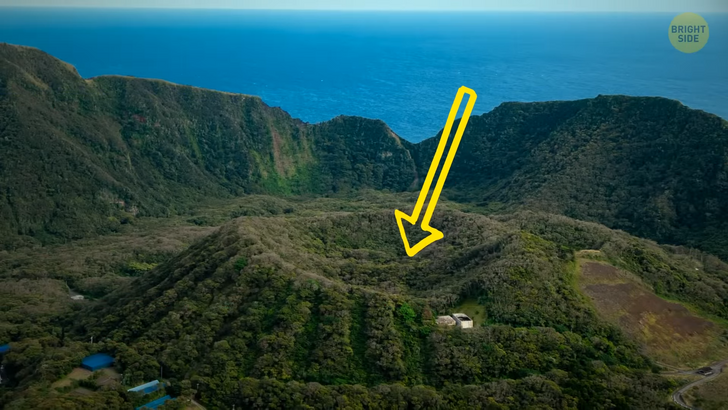
Pompeii is far from the only city destroyed by the eruption. In 1785, a similar disaster occurred in the Japanese town of Aogashima. It was located right in the crater of an active volcano. And one day, it woke up. It was sunny weather, and no one suspected a disaster was coming. At some moment, the birds rose in the air and flew away. Then, the ground began to shake.
A heavy low sound came from the depths of the island. And thick streams of smoke and ash erupted from the volcano. The volcano threw dirt and big red-hot stones into the sky. It looked like a meteor shower. People evacuated, and the mountain continued to erupt for several weeks. When the ashes settled, the volcano fell asleep again, and people began to return to their city. Despite the risk of a new eruption, they continue to live and work there today.
Since then, more than 200 years have passed, and the volcano never woke up. Meteorological and seismological services monitor the situation and seismic activity. After all the horrors and destruction that a volcanic eruption leads to, harmony in nature eventually comes. Decades and centuries later, volcanic ash, rich in helpful food elements, settles on the soil and makes it fertile. Then, life will rise from the ashes like a phoenix.



